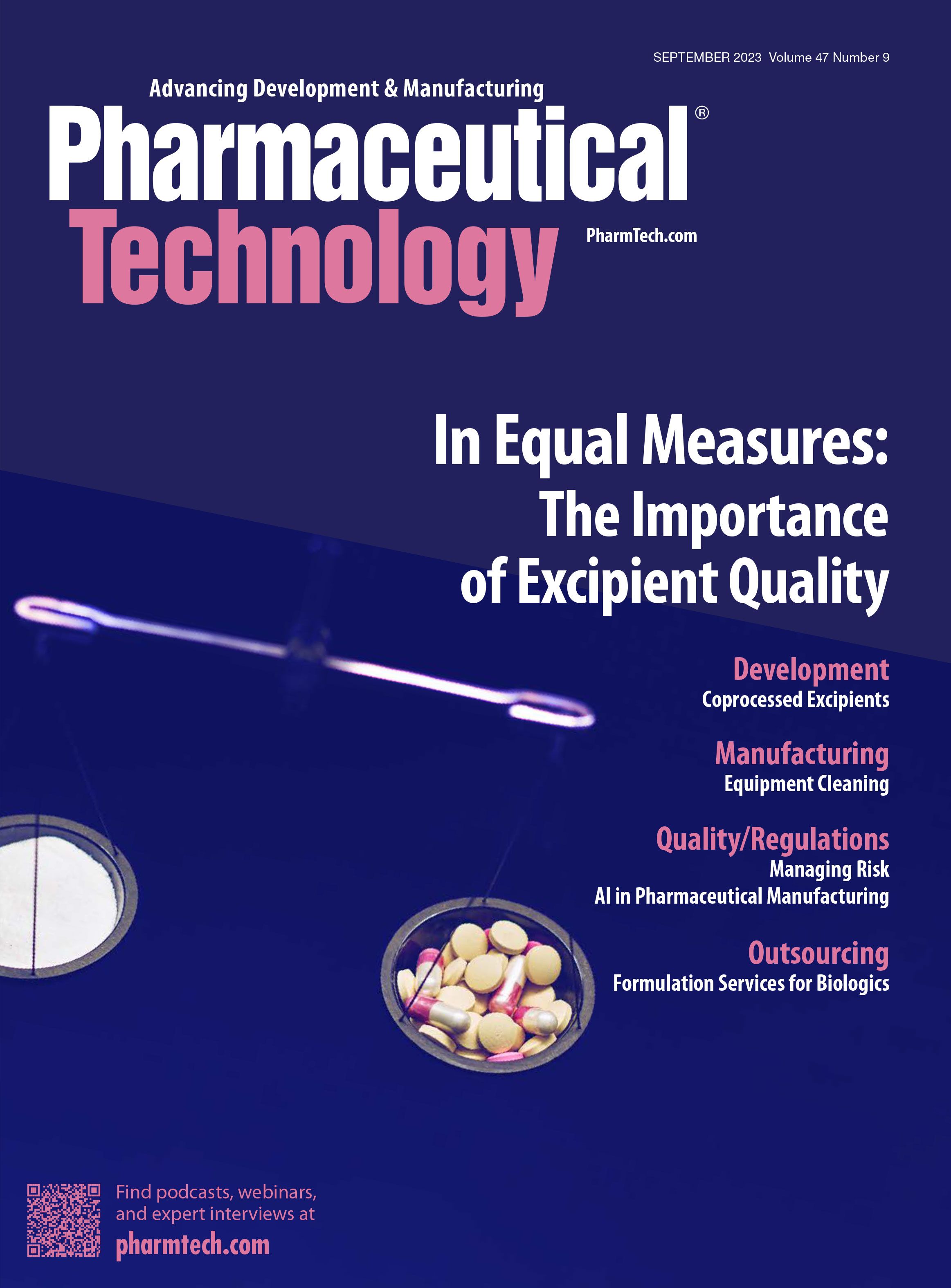Improving Manufacturing Flexibility with Modules
Modular facilities allow for a certain amount of flexibility and reconfiguration options.
wuerfel_parts_03 | Image Credit: ©rcx - stock.adobe.com

The use of prefabricated modules in construction has been around since the 18th century and has evolved thanks to advances in technologies and materials to provide cost-effective, efficient, and sustainable construction options (1). For the pharmaceutical industry, however, adoption of modular construction for facilities has only really expanded over the past few decades (2).
Interest in modular pharmaceutical manufacturing facilities has grown in recent years as companies face increasing pressure to keep both time and costs at a minimum. Further drivers to the adoption of modularity are improved flexibility and the need to address drug shortages (3). In fact, according to the CRB’s 2022 Horizons: Life Sciences report—a survey of 500 industry leaders—nearly two thirds of respondents are planning to use preconstructed speculation space for their site expansions (4).
Conventional versus modular and podular
Conventionally built brick-and-mortar facilities require a significant amount of capital prior to construction beginning and tend to take a long period of time for construction to be completed. All operating equipment is built in to the facility’s substructure, which means that in the event of upgrades or potential equipment reconfigurations major renovations are required (5).
Modular facilities on the other hand allow for a certain amount of flexibility and reconfiguration options as, although the construction has major utilities embedded within the infrastructure, the operating equipment is prefabricated offsite and latterly incorporated into the facility. Podular facilities incorporate autonomous shells (PODS) along with modular, skid-mounted equipment platforms, which are made elsewhere and then assembled onsite (5).
As touched upon earlier, time and costs put conventional approaches at a disadvantage to the modular or podular options. Further benefits offered by modular/podular facilities include scale-out options, flexibility to manufacture in close proximity to patients (which serves the personalized medicines sector well and avoids potential cold chain transportation issues), and facilitating technology transfers and upgrades (5).
Recent industry illustrations
BioNTech. In February 2022, BioNTech revealed it had installed a modular messenger RNA (mRNA) manufacturing facility in Africa (6). The turnkey manufacturing facilities comprise one drug substance and one formulation module, each called a BioNTainer. These BioNTainers are cleanrooms equipped with BioNTech manufacturing solutions for a range of mRNA-based vaccines targeted to the needs of African Union member states. The modular approach means that scale up is easily performed by adding further modules.
“The modular production facilities are a big step in our journey to enable the production of high-quality mRNA vaccine manufacturing worldwide, with each BioNTainer becoming a node in a decentralized and robust African end-to-end manufacturing network,” explained Sierk Poetting, COO of BioNTech, in a press release (6). “The modular and scalable approach could allow us to set-up turnkey manufacturing sites for mRNA on all continents. Once rolled out, the approach could support clinical trials as well as regional pandemic preparedness measures.”
KeyPlants. Swedish-based provider of modular prefabricated facility solutions, KeyPlants, launched a portable on-demand (POD) facility for pharma companies in May 2022 (7). The X-press PODs offer an integrated turnkey approach to reduce the time of new production set up, accelerate the development of therapies, and increase production flexibility. Scale up or scale out can be achieved by simply adding further PODs, which the company states can be on site within as little as five weeks.
“X-press PODs give manufacturers the flexibility to start small-scale production immediately and then scale out as needed,” said Fredrik Eneqvist, director of Product Development, at KeyPlants in a press release (7). “X-press PODs are technology agnostic. Companies can change functionality by adding or removing walls or ramp up production by connecting additional PODs.”
References
- Hydrodiseno. Evolution in Modular Manufacturing Methods and Materials Used. Hydrodiseno.com, accessed Aug. 14, 2023.
- Hernandez, R. Modular Manufacturing Platforms for Biologics. BioPharm Int. 2015 28 (5) 18–25.
- National Academies of Sciences, Engineering, and Medicine. Innovations in Pharmaceutical Manufacturing on the Horizon: Technical Challenges, Regulatory Issues, and Recommendations. National Academies Press, Washington (DC), USA, Feb 24, 2021.
- CRB. Horizons: Life Sciences Report. Industry Survey, September 2022.
- O’Brien, M.K.; Miller, S.R. Benefits of Prefabricated Modular/Podular BioPharma Facility Construction. iSpeak Blog, ISPE, Oct. 2, 2019.
- BioNTech. BioNTech Introduces First Modular mRNA Manufacturing Facility to Promote Scalable Vaccine Production in Africa. Press Release, Feb. 16, 2022.
- Mladenovic, M. New POD Facility from KeyPlants Shortens Lead Times for Pharma Production to Weeks. News Release, KeyPlants, May 31, 2022.
About the author
Felicity Thomas is senior editor for Pharmaceutical Technology®.
Article details
Pharmaceutical Technology
Vol. 47, No. 9
September 2023
Page: 24
Citation
When referring to this article, please cite it as Thomas, F. Improving Manufacturing Flexibility with Modules. Pharmaceutical Technology 2023 47 (9) p. 24.
